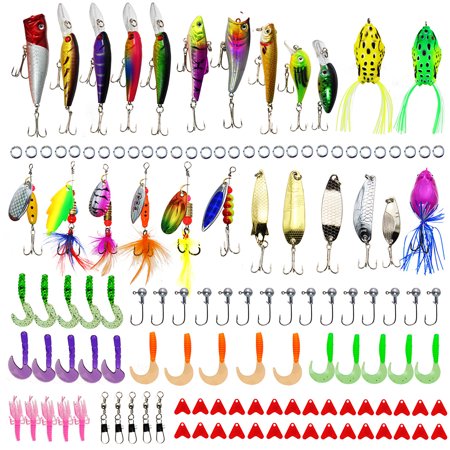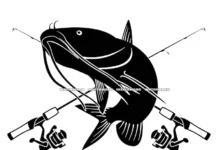By Neil Taylor
July 2010
“I’d like to believe we live in a world without color”.

The biggest decision on lure color is “situation dependent”. There are some colors that connect better than others in particular situations. Typical daytime fishing in Tampa Bay waters; successful anglers will narrow their color selection to a few “go-to” choices varying somewhat based on the species they target. White, gold, rootbeer, green/white, gold/white and are all regular choices in this situation to catch just about anything that passes by a feeding fish and are common selections for redfish, snook and speckled trout.
Consider “nighttime versus daytime”; tannin-stained water versus clear waters; and some species-specific trends. There are colors that work at night that I wouldn’t use in daylight. Some of the regular daytime selections work well at night, but I will switch to some interesting color choices for nighttime fishing such as pink/silver glitter or silk chartreuse. If redfish are primarily eating crabs: Use a “rootbeer” color.
For pompano: Use yellow or gold colored lures. Water clarity is very significant for color selection. In murkier waters, darker color lures will work better. In clean, clear waters lighter shades of lures do well. Fishing vast sandy bottom areas, try white tails, as many of the baitfish that are found over sandy areas take on a white or “silvery” shade.

Deviation from colors listed above applies to “Shrimp” style tails. Choose flesh tone colors of those lures to best mimic the look of a shrimp.
There are many choices in jighead colors as well. If you are going to “pick just one” buy red. The reasoning: Baitfish’ eyes turn red when they are under stress, blood is red, and gills are red. Other colors work and unpainted jigheads will also work fine, but red is always a great choice.
While color choices are significant to success, maximize your success by paying more attention to the action you’re giving a lure. Don’t dismiss the “trends”, keeping the right assortment of colors, changing the jig color in situations where the others aren’t yielding results. Make your lures move “realistically” and be ready to set the hook!
Neil Taylor
www.strikethreekayakfishing.com
- The Neil Blog… - July 26, 2023
- The Catfish - July 26, 2023
- update - July 22, 2023











